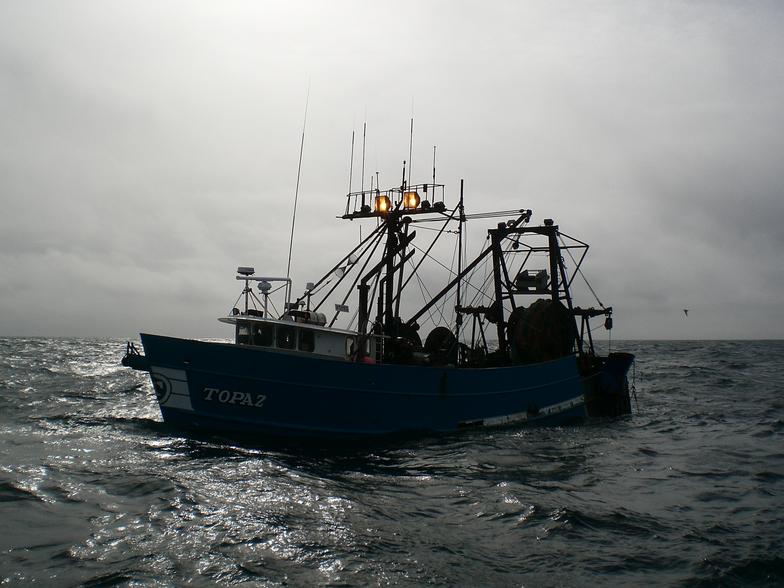The government shutdown has caused few problems so far in Alaska’s fisheries, but concern is growing as it enters a third week.
The shutdown of nine out of 15 federal departments and agencies on Dec. 21 has furloughed about 800,000 workers nationwide, most with no pay, including fishery oversight and research jobs.
In many cases, that means there’s no one to issue fishing permits, licenses or other documents and services required before setting out.
“I have not heard of any problems, but that’s not to say that there aren’t any,” said Forrest Bowers, acting director of the Alaska Department of Fish and Game’s commercial fisheries division, referring to the cod fishery that opened on Jan. 1 and the ongoing Bering Sea crab fishery.
State operations are not directly affected by the shutdown, but fisheries in Alaska waters intertwine and are closely timed with the federal ones. In the co-management case of Bering Sea crab, for example, the feds provide the surveys and science; the state does the rest.
“The state sets the total allowable catch, and we handle the in-season management of the fishery, including vessel registrations, observer coverage and harvest tracking,” Bowers said.
The cod and crab boats had their paperwork in order prior to the shutdown, Bowers said, except for one straggler who needed the services of a furloughed electronic scale inspector and was stuck at the dock.
“They haven’t been able to have that scale inspection done, and it’s delaying them. We’re hoping we can get that resolved for them,” Bowers said, adding that other such “behind the scenes” unavailable services in the tightly regulated fisheries could cause problems as more boats come on line this month.
The shutdown also is causing a headache for federally contracted onboard fishery observers who collect stock data and track what’s coming and going over the rails. Regulators at NOAA are not holding debriefings for the observers when they return from a fishing trip, which are required before they can sign on to another.
That’s sidelined five employees so far, said Stacey Hansen, program manager at Saltwater, an Anchorage-based company that provides observer services to the fleets.
“I’ve got a group of people that are now stuck. They’re just sitting and waiting until they can get on with their lives,” Hansen told Alaska’s Energy Desk.
Meanwhile, the state's largest fishery, pollock, gets underway on Jan. 20, along with openers for flounders and myriad other whitefish.
“I think there is uncertainty right now about what’s going to happen,” Bowers said. “Fortunately, we have a pretty sophisticated group of folks in the fishing industry in Alaska who are very professional and know how to do their jobs. It helps a lot when there is a good working relationship with the managers; it makes these uncertain times go more smoothly.”







